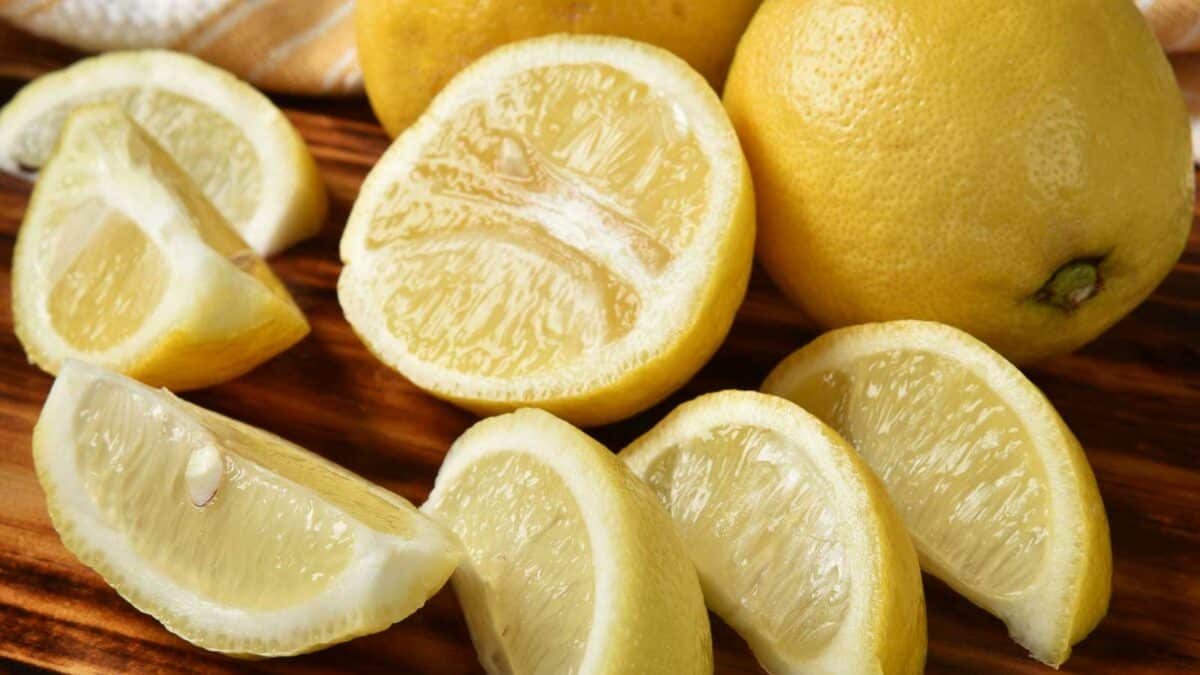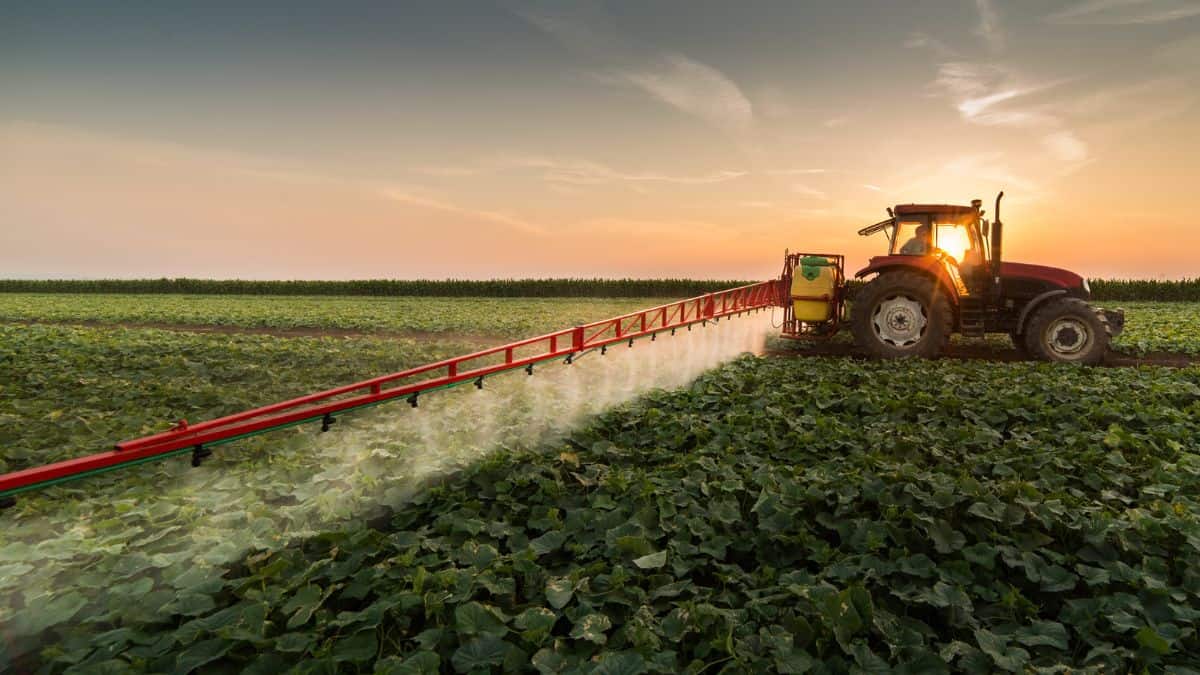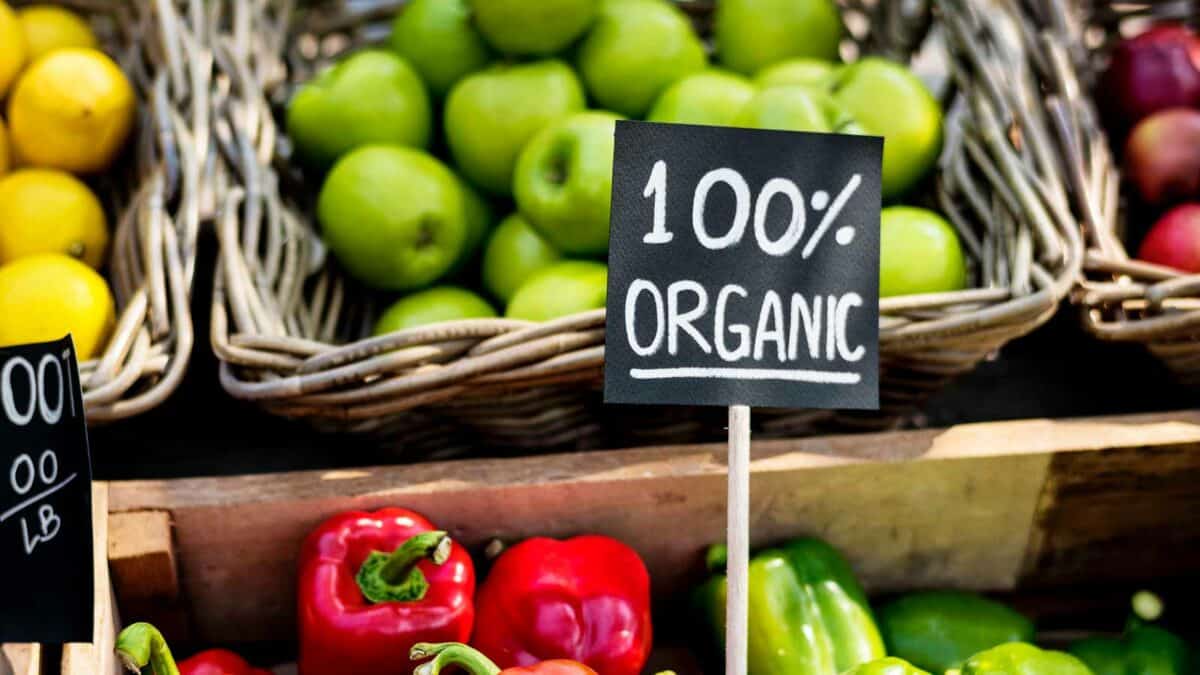You shouldn’t have to second-guess the safety of a strawberry or tomato, but pesticides make it harder than ever to trust what’s on your plate. A quick rinse under the faucet might look like it’s doing the job, yet research shows chemicals can stick around long after the water stops running. That doesn’t mean you need to give up fresh produce. It just means knowing which simple cleaning methods actually work can make all the difference.

Rinsing Produce Under Cold Water

Holding fruits and vegetables under a steady stream of cold water is the most common way people clean their food, but it requires more attention than a quick splash. Gently rubbing the surface while rinsing helps remove dirt, bacteria, and any residues sitting loosely on the skin. This technique is best for produce that already has lower pesticide exposure, such as organic options, but it does little to reach chemicals that have seeped deeper. On its own, it is a first step, not a complete solution.
Soaking in Vinegar Water

Creating a solution of one part vinegar to three parts water and letting produce soak for 10 to 15 minutes is a proven way to reduce pesticide residue. The acidity of vinegar weakens the outer layer of contaminants and helps kill certain types of bacteria. This method is especially helpful for fruits and vegetables grown conventionally where pesticide use is more common. After soaking, a thorough rinse ensures there is no lingering vinegar flavor left behind.
Using Baking Soda for a Deeper Clean

Sprinkling baking soda directly on firmer produce such as apples, cucumbers, and potatoes provides a more abrasive clean. Scrubbing gently with a brush loosens waxy coatings and surface-level chemicals that cold water cannot handle. Scientific studies have shown baking soda to be one of the more effective household cleaners for pesticide removal. Once rinsed thoroughly, the result is produce that feels noticeably fresher and free of residue.
Drawing Out Residues With Salt Water

Mixing salt into water and soaking fruits and vegetables for 5 to 10 minutes helps lift hidden contaminants. Leafy greens, broccoli, and berries benefit most from this method since salt water pulls out dirt, insects, and some pesticides from the tight spaces between leaves and crevices. The process is simple and requires only a bowl and a spoonful of salt. Rinsing well afterward is important to avoid leaving a salty taste behind.
Scrubbing With a Vegetable Brush

A sturdy brush works best for thick-skinned produce such as potatoes, carrots, and beets that grow directly in the soil. Scrubbing firmly with water loosens clumps of dirt while removing bacteria and pesticide residues trapped in wax or surface creases. Root vegetables in particular benefit from this approach since their skins often hold more than a rinse can reach. Always follow up with a rinse to wash away anything that was scrubbed loose.
Adding Lemon Juice to the Wash

A splash of lemon juice in a bowl of water provides a natural cleaning boost thanks to its acidity. The solution helps break down residues and leaves produce smelling clean and citrusy. This works especially well for leafy greens and fruits that are eaten raw since the lemon helps strip away surface chemicals while brightening flavor. It is an inexpensive method that makes use of something many kitchens already have on hand.
Spraying With Hydrogen Peroxide Solution

A mix of water and 3 percent hydrogen peroxide can be sprayed directly onto produce to target bacteria and pesticide residue. After sitting for several minutes, the produce should be rinsed well to remove any remaining solution. This technique is particularly useful for greens like spinach or lettuce where layers and folds often hide contaminants. The disinfecting properties of hydrogen peroxide make it one of the more powerful household cleaning options.
Relying on Commercial Produce Wash

Store-bought washes are formulated specifically to clean fruits and vegetables that often carry higher levels of pesticides and wax. They typically involve soaking or rinsing according to the bottle’s instructions and can be useful for produce such as apples, grapes, and peppers that have waxy or coated skins. While not essential for every item, these products are effective for anyone who wants a ready-made option rather than a homemade solution.
Peeling Away the Outer Layer

Removing the skin from produce such as cucumbers, apples, or potatoes takes away dirt, bacteria, and any pesticides that remain on the surface. While some nutrients are lost along with the peel, this method ensures that residues clinging to the outer layer are discarded. It is one of the simplest approaches and is often the most effective for produce with thicker or waxy skins that are difficult to clean thoroughly.
Dipping in Boiling Water

Submerging firm fruits or vegetables such as tomatoes, peaches, or apples in boiling water for a few seconds loosens surface wax and reduces bacteria. This brief heat treatment should be followed immediately by a cold rinse to prevent cooking the produce. It is especially useful for items you plan to peel or cook further since it readies the skin for removal. Timing is important so the produce stays fresh and intact.
Blanching Before Storing or Cooking

Blanching involves quickly boiling vegetables like broccoli, beans, or cauliflower and then plunging them into an ice bath. This method not only reduces bacteria but also helps preserve color and nutrients, making it a good option for prepping produce to freeze. The boiling step cuts through surface residues while the ice water halts cooking, leaving the vegetables firm and ready to use. It is efficient when cleaning larger batches at once.
Using the Microwave for Quick Cleaning

Microwaving fruits or vegetables in a bowl with a small amount of water creates steam that kills bacteria. The process must be short to avoid softening the produce, but it works well for herbs or small portions of greens. The heat helps reduce surface contamination while the water prevents drying out. It is a practical choice when you only need to prepare a handful of items in a hurry.
12 Pesticide-Ridden Foods You Should Be Buying Organic

Grocery shopping can be a minefield, especially when it comes to picking the healthiest options for your family. Pesticides are a hidden menace, often coating some of our favorite fruits and vegetables. These chemicals don’t just wash off and can have long-term impacts on our health. To make sure you’re making the best choices, here are the most pesticide-heavy foods that should always be on your organic shopping list, according to the Environmental Working Group (EWG).
Read it Here: 12 Pesticide-Ridden Foods You Should Be Buying Organic
5 Reasons To Go Organic And 5 Reasons It’s Just Hype

Deciding whether to go organic isn’t just about personal health—it’s also about considering broader environmental and economic impacts. This article takes a no-nonsense look at the real benefits and downsides of organic food. From the health of the soil to the health of your wallet, we’re laying out what you need to know to make an informed decision.
Read it Here: 5 Reasons To Go Organic And 5 Reasons It’s Just Hype
*Select images provided by Depositphotos.
Gina Matsoukas is an AP syndicated writer. She is the founder, photographer and recipe developer of Running to the Kitchen — a food website focused on providing healthy, wholesome recipes using fresh and seasonal ingredients. Her work has been featured in numerous media outlets both digital and print, including MSN, Huffington post, Buzzfeed, Women’s Health and Food Network.








